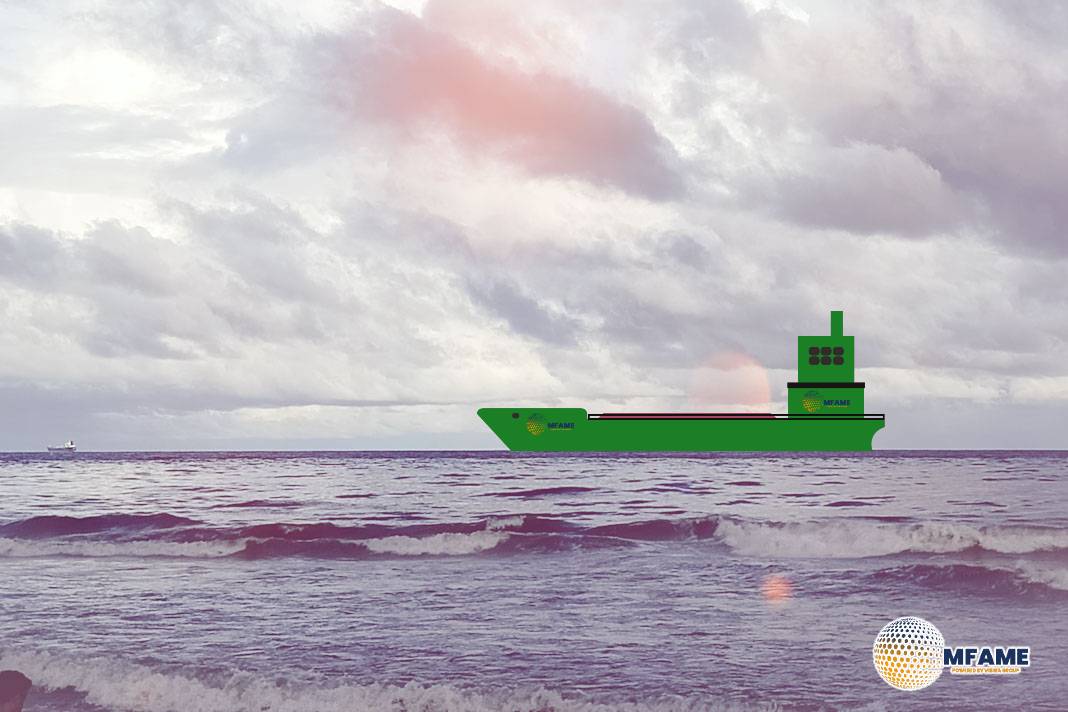- 189 More Tankers Blacklisted for Aiding Oil Evasion.
- Sanctions Target 75 Individuals and 30 Companies.
- EU Bans Export of Chemicals Used in Missile Production.
On May 14, the European Union reached a consensus on a 17th package of sanctions against Russia, further mounting pressure during the ongoing conflict in Ukraine. The new sanctions, to be officially adopted next week, target the limitation of Russia’s oil export capacity and its overall war machinery, reports Safety4Sea.
Crackdown on Shadow Oil Fleet
One of the most important points in the package is blacklisting another 189 tankers suspected of helping Russia evade oil export sanctions. The number of ships sanctioned goes beyond 350. They are said to be engaged in manipulative schemes like disabling tracking systems and ship-to-ship transfers to disguise Russian oil origins.
Targeting Individuals and Global Networks
The sanctions also go beyond ships. The EU is further applying restrictions to 75 individuals and over 30 companies. The entities, which are based in countries such as Kazakhstan, Serbia, Turkey, Vietnam, and the UAE, are suspected of exporting dual-use items and helping Russia’s military-industrial sector.
Restrictions on Chemical Exports
Some recent steps involve proscribing the sale of some chemicals produced in the EU that find application in manufacturing missiles. Through this action, Russia’s supply of key materials needed for weaponry is to be restricted.
Pressure through Diplomacy for the Ceasefire
These sanctions complement wider Western diplomatic initiatives in calling for a 30-day unconditional ceasefire, which was put forth by the United States and its allies. Ukrainian President Volodymyr Zelenskyy has endorsed the plan and has publicly invited Russian President Vladimir Putin to have direct peace talks in Istanbul.
Context: Previous Sanctions
It comes after the EU’s 16th package of sanctions launched early in March. The United Kingdom simultaneously announced its most comprehensive sanctions package against Russia since the beginning of the invasion in 2022.
Did you subscribe to our daily Newsletter?
It’s Free Click here to Subscribe!
Source: Safety4Sea


















